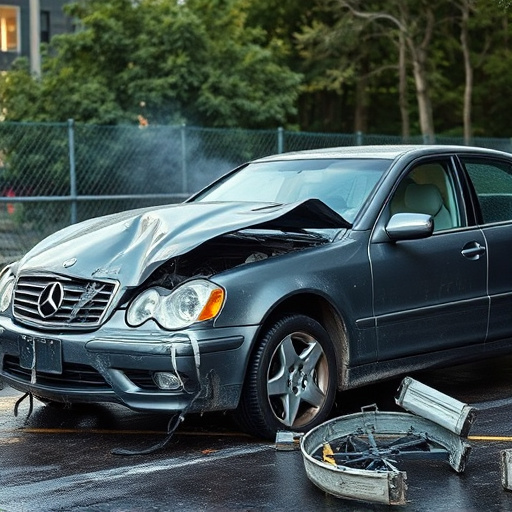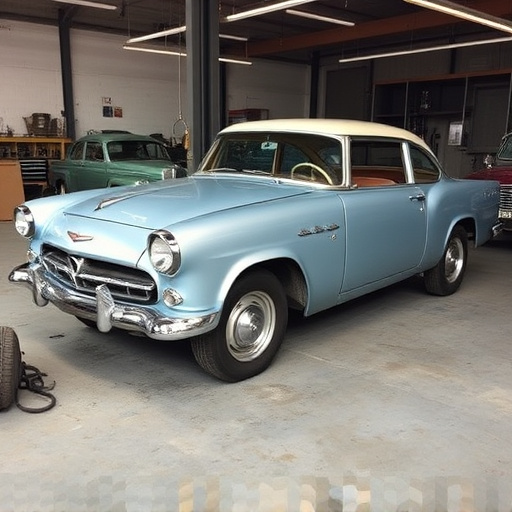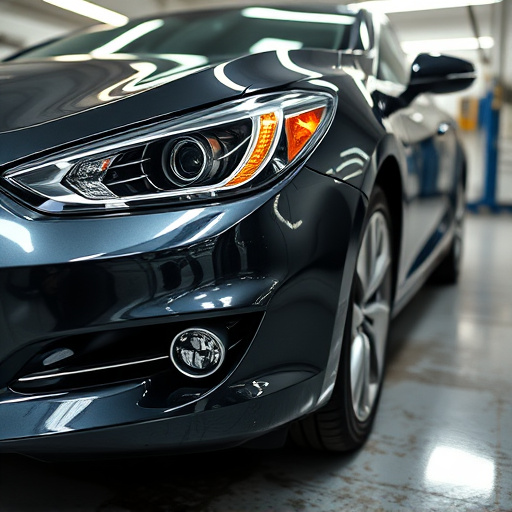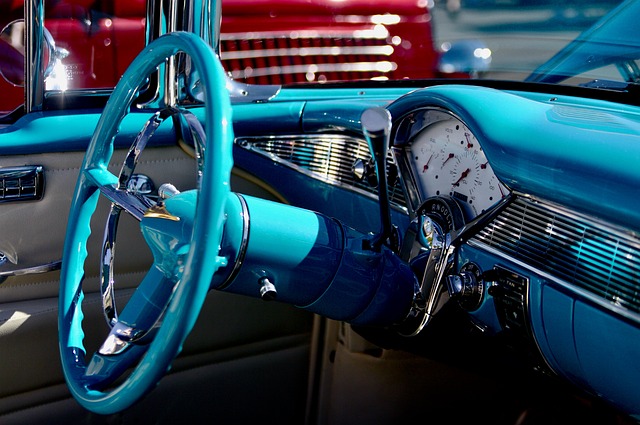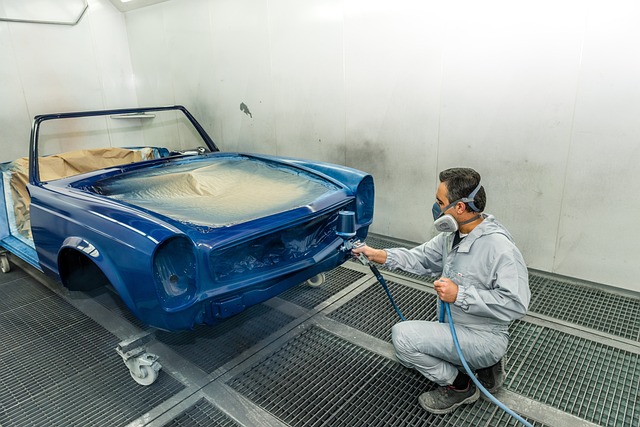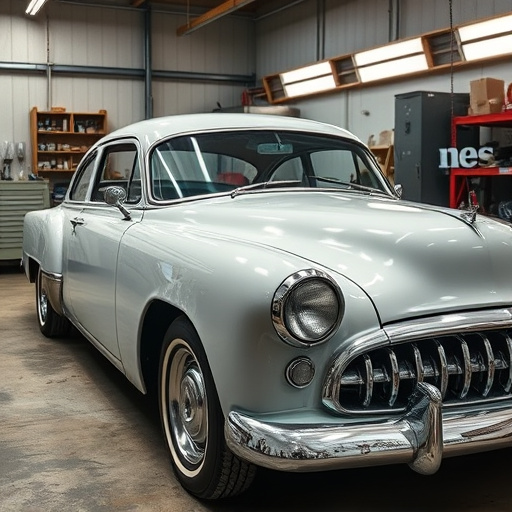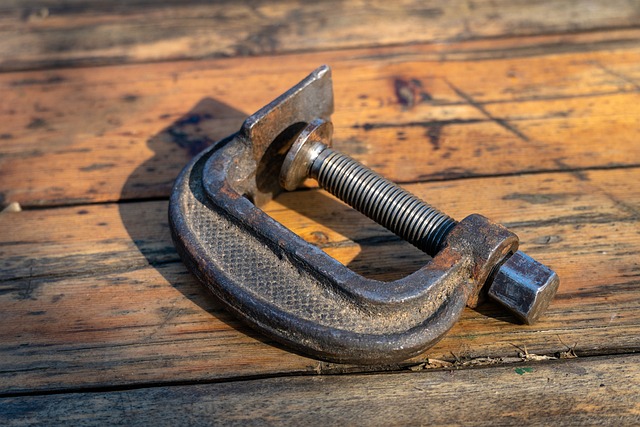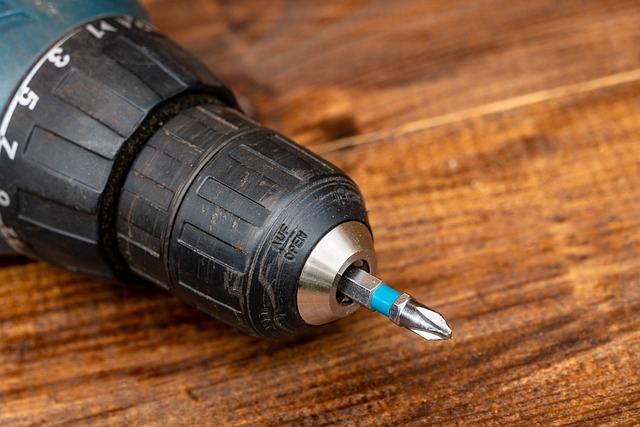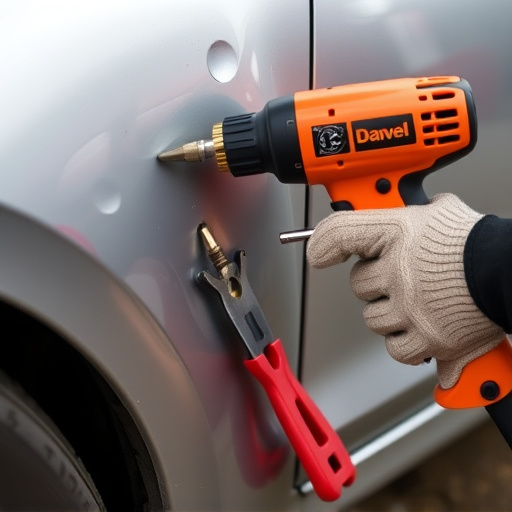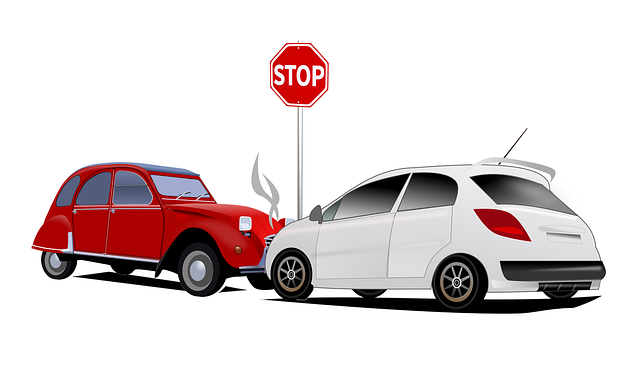Insurance-approved repairs for valuable vehicles like Mercedes-Benz require strict adherence to manufacturer standards and use of original equipment parts. Consistency in techniques and quality ensures safety, maintains vehicle value, and builds trust between body shops, policyholders, and insurers. Using high-quality parts and proven procedures fosters trust, encourages repeat business, and strengthens shop reputation through positive customer feedback.
Consistency in insurance-approved repairs is paramount for maintaining vehicle safety, ensuring consumer protection, and fostering trust among policyholders. This article delves into the critical importance of adherence to insurance requirements for repairs, highlighting how consistent processes guarantee quality and safety. By exploring specific aspects such as material standards and skilled labor, we elucidate why uniform repair practices build credibility, enhance satisfaction, and ultimately strengthen the relationship between insurers, repair shops, and insured individuals.
- Understanding Insurance Requirements for Repairs
- Ensuring Quality and Safety Through Consistency
- Building Trust: The Role of Consistent Repairs
Understanding Insurance Requirements for Repairs
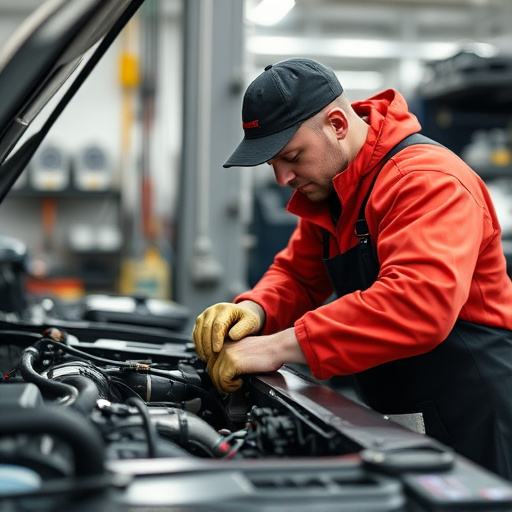
Insurance companies have specific guidelines and requirements when it comes to approving repairs, especially for vehicles like classic cars or luxury brands such as Mercedes-Benz. These regulations are in place to ensure that any repair work is carried out to a high standard and maintains the vehicle’s safety and value. When dealing with insurance-approved repairs, understanding these requirements is paramount.
The process involves meticulous documentation, adherence to manufacturer specifications, and often requires specialized techniques for specific makes and models, like those found in classic car restoration projects. For instance, a dent repair on a Mercedes-Benz might necessitate the use of original equipment parts and precise alignment to preserve the vehicle’s sleek design. Meeting these standards is crucial to ensure that the insurance company approves the claim and that the repaired vehicle remains in optimal condition.
Ensuring Quality and Safety Through Consistency
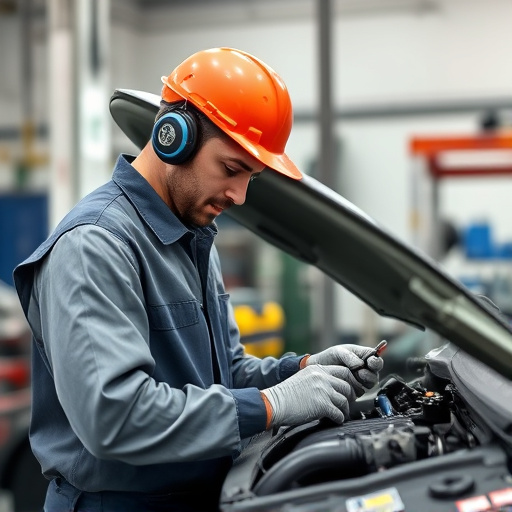
Ensuring Quality and Safety Through Consistency
In the realm of insurance-approved repairs, consistency is the cornerstone that builds trust between policyholders, insurers, and repair professionals. When a vehicle suffers damage, whether it’s due to an accident or simply wear and tear, the goal is not just to restore its original appearance but also to ensure safety and reliability on the road. Consistency in repair methods guarantees that every aspect of the restoration process adheres to strict standards, minimizing errors and ensuring customer satisfaction.
This meticulous approach is especially critical when dealing with specialized services like classic car restoration or more intricate tasks such as scratch repair and car dent removal. By maintaining consistent techniques and using approved materials, repair specialists can deliver work that meets insurance requirements while preserving the vehicle’s value and integrity. Consistency not only protects policyholders but also insurers, ensuring that claims are handled efficiently and fairly.
Building Trust: The Role of Consistent Repairs
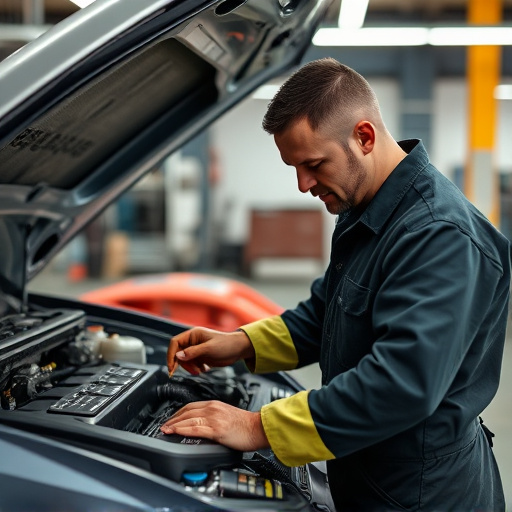
Building trust is a cornerstone of any successful relationship, and this principle extends to the realm of insurance-approved repairs. When customers choose vehicle body repair services that prioritize consistency, they can rest assured that their vehicles will be restored to pre-accident condition. This level of reliability fosters trust in the repair shop’s expertise and commitment to quality. Customers who consistently receive top-notch, insurance-approved car body repair work from a trusted facility are more likely to recommend those services to others, creating a positive feedback loop that strengthens the business’s reputation.
Consistency in vehicle repairs goes beyond just achieving accurate, factory-spec finishes. It also means using the same high-quality parts and following proven procedures every time. This approach ensures that each repair not only meets but exceeds industry standards, providing peace of mind for policyholders who rely on their insurance providers to cover these costs. By maintaining a consistent standard of excellence in both processes and outcomes, insurance-approved repair shops build lasting relationships with their customers, ensuring repeat business and referrals.
Consistency in insurance-approved repairs is paramount for maintaining quality, safety, and trust. By adhering to stringent standards and procedures, repair services ensure that every fix is as reliable as the next. This not only protects policyholders but also fosters confidence in the industry, guaranteeing that every repair job stands the test of time. In a market where reputation is everything, consistent results are the key to building and maintaining strong relationships with both customers and insurance providers.
